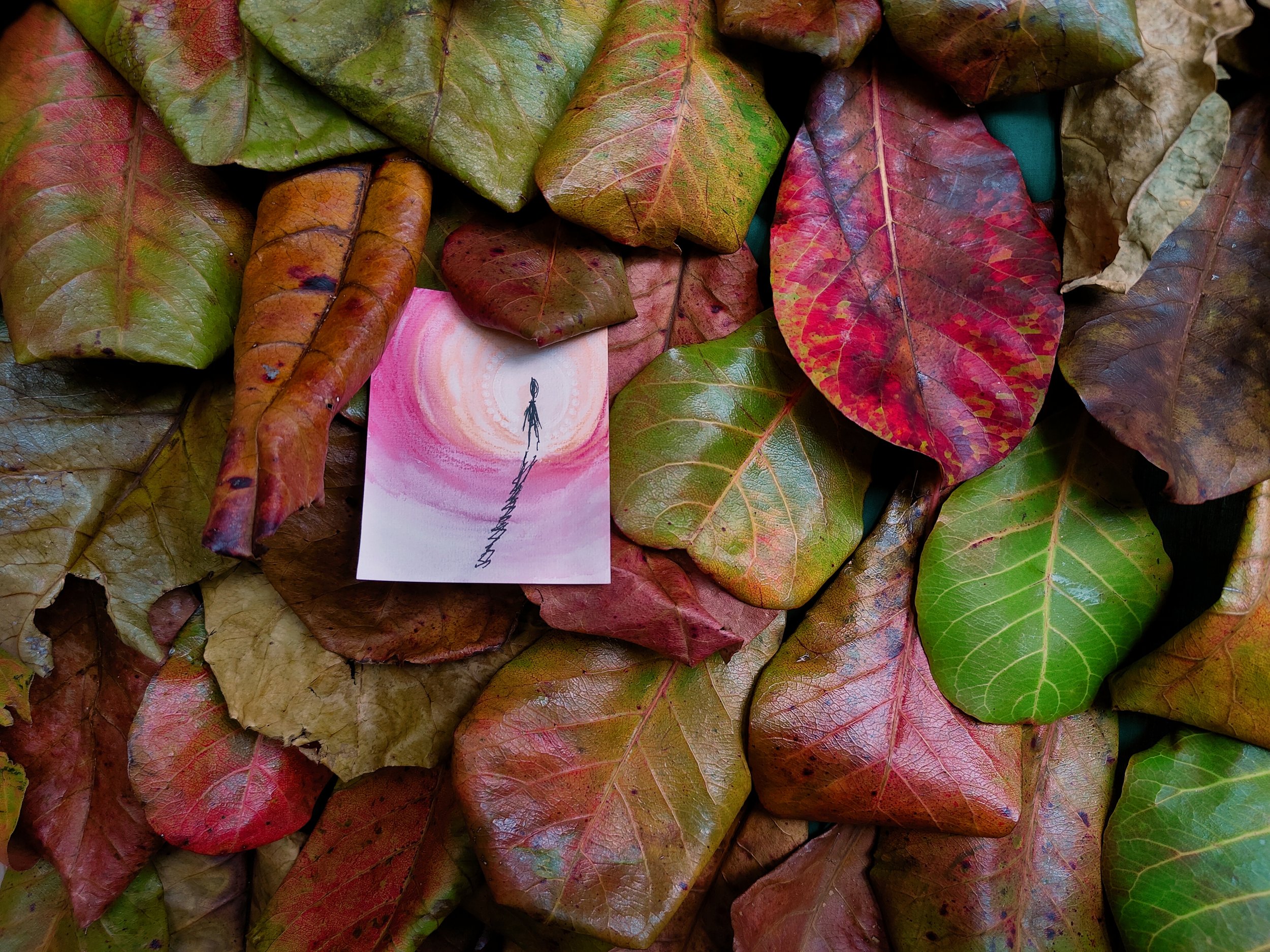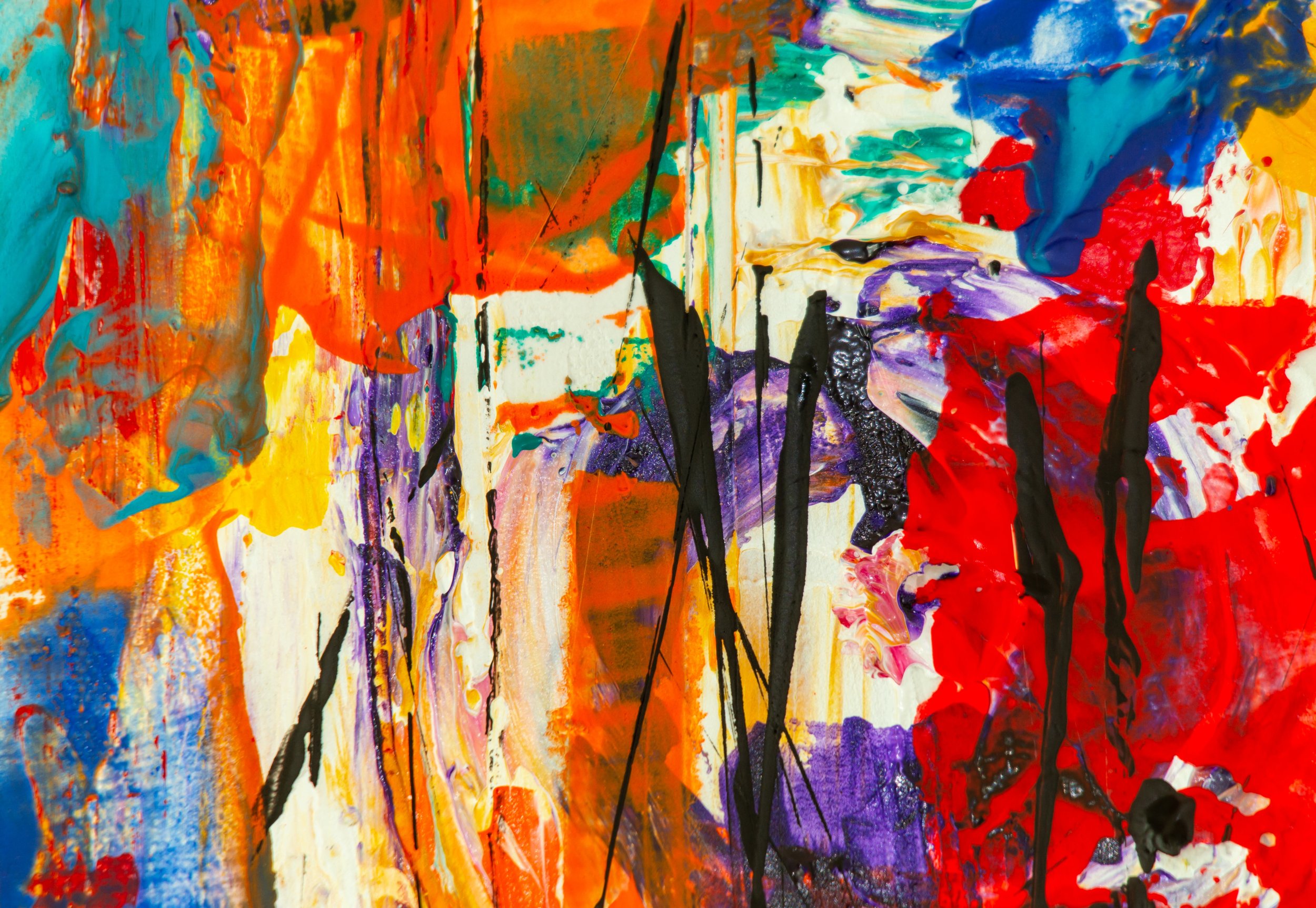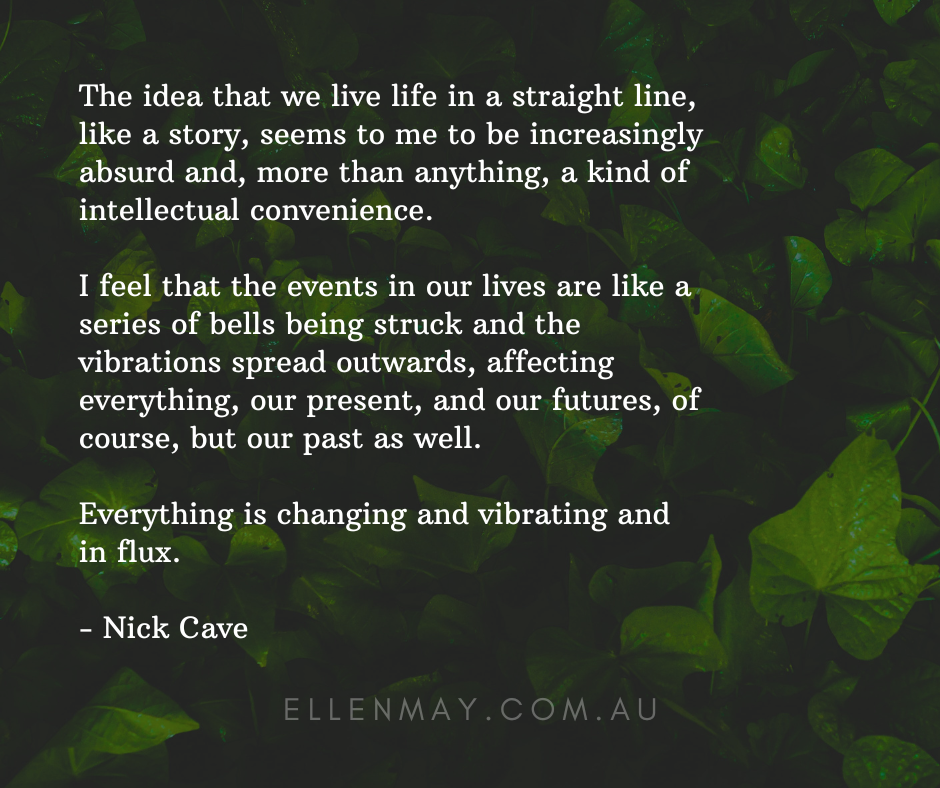
Stories make the world go round.
Thought experiments, tools, stories and ideas to inspire you
and feed your curiosity.
When you reach the end of your life, what do you want to have done?
This is a slightly different take on the ‘what do you want to do with your life?’ question.
What do you want to have done?
And then, what could you do today, in order to make that your reality later in life?
Zooming right in.
Here’s today’s experiment - zoom right in.
It’s a kind of antidote to the vague dissociation a lot of us live in, focussed on scrolling screens and distractions.
Zoom right into right now.
Give this experiment a try, and see what you notice.
The power of putting inside thoughts on the outside.
When our minds spin in circles, as they sometimes do, or we’re feeling generally out of sorts, it can sometimes feel like there’s not enough space inside of our own heads. It’s crowded and loud in there!
And so there are a lot of benefits to putting some of that mental clutter outside of ourselves so we can hear ourselves think and feel what we’re really feeling again.
Here’s a few suggestions for why this is useful and how you might go about it.
Changing the rules of the ‘not good enough’ game
It’s a hard game to play, the ‘not good enough’ game. And its cousin, the ‘not doing enough’ game. And all its other relatives.
If you’re playing the not good enough game, all you’ll win is a new, further away set of goal posts to aim for.
That game is rigged.
What if we started playing a different game instead?
What are your resources?
What are your resources? The places, people, animals, sensations, objects, activities (and more) that make you feel a bit better, make life feel more doable?
Sometimes it’s good to take stock. Particularly when you are feeling well resourced, so you have some ideas for where you might turn when you’re struggling. So here’s your invitation to check in, and here’s one way to think about resources that might be useful.
What’s your North Star?
What’s your North Star?
Figuratively, a "North Star" can refer to a guiding principle or goal that provides direction and purpose in life. It represents a constant reference point or guiding light that helps us navigate our path through life and make decisions aligned with our values and where we’d like our life to take us.
Colouring in is good for you.
Colouring in is good for your brain. Here’s a few reasons why you might want to give it a try, particularly if you’re like me and find that other kinds of meditation are more frustrating than helpful!
Fight for, not against: a trick with boundary setting
Boundaries are easier when they’re FOR something, not against it.
Here’s a trick to support knowing how and when to set a boundary.
Why Art Therapy?
So, why art therapy? I’m glad you asked (she says, pretending that you did). Here are a few ways that art therapy can be a very enriching thing to engage in.
What does ‘good’ feel like in your body?
What does ‘good’ feel like in your body?
Many of my clients are very familiar with this question!
When someone asks us how we are, it’s easy to say ‘good’, but how often do we stop and think about (or feel into) what ‘good’ actually means as we say it?
A Wednesday thought experiment.
Here's a Wednesday thought experiment:
What might it mean if our lives aren't lived in straight lines, from beginning to end? What if our lives were like ripples, past, present, future, all flowing into and through and around each other. Our present changing our past, our unseen futures rippling through our presents, all of it moving, changing, vibrating, in flux.
If nothing is as it seems, what might it be instead?
Pattern interrupt
There’s something delightful about stepping outside of routine and doing things differently. Interrupting our regular patterns with something interesting or beautiful or curious or nurturing.
It’s also sometimes quite hard to do, given that it’s easy to get into ruts and routines, and the point of a rut or a routine is that you don’t have to think about it. And if you’re not thinking about what you’re doing, it’s hard to make a choice to do things a different way.
Which is why it can be nice to enlist support to interrupt our patterns.
A poem: Initiation Song from the Finders’ Lodge
Please bring strange things…
This poem by Ursula K. Le Guin always moves me. Perhaps it will move you, too.
How are you happening to life?
Getting caught up in the question, "What is my purpose?" is like looking for shoes instead of walking forward.
While most people think of reality as something that happens to us, the shamanic approach is to 'get behind the creation' of your story.
Life isn't only happening to us: we are happening to life.
-Toko-pa Turner
How to make change easier.
There is a way for change to be a bit easier without us having to ‘effort harder’.
What if instead of trying to change our identity and our behaviour at the same time, we changed our external world so it’s easier to do the thing than it is to not do the thing?
Kind of like we’re the river – we’re going to run down the path of least resistance.
How do you change the river? Shift the banks that guide it.
What’s it like to work with me?
What’s it like to work with me?
This is a question I get a bit, given all the different things I offer, so here’s an idea of the different things we might focus on together if you were a client of mine.
What’s the difference between art therapy and using art as therapy?
What’s the difference between art therapy and using art as therapy? Is there a difference?
Short answer - yes! There is some overlap, but they are different things.
Read on for more…
Art as therapy: body maps
Here’s an art therapy exercise you might like to try - a body map.
A body map is good as a check in – it’s a way to pause and notice: where are you right now, how are you feeling, and what might you need?
This can be really useful, as can help you to notice patterns you might not be aware of otherwise.
Art as therapy: spontaneous drawing
Art can be healing, and can be used as a therapeutic tool - but when you’re just getting started (or when you’ve been doing the same old thing for a while) - how do you know what to draw?
This is the first in a series of posts offering some suggestions. We’ll begin with spontaneous drawing. These suggestions are written as if you’re going to draw in an art journal, but you can give these a go on a piece of loose paper, on a wall… whatever you have to hand.
Don’t be silly, it’s just your imagination…
Don’t be silly, it’s just your imagination.
For many people, imagination is downplayed and discouraged as we grow. We’re expected and encouraged to grow out of flights of fancy, to be realistic, to put our feet on the ground and pull our heads out of the clouds.
But here’s a thing - imagination is one of the most powerful tools we have, for healing, for growth, for joy and delight, for getting what we want, for creating a life we love to live.
Read on for a couple of reasons why.

Book a free 30 minute consultation.
Don’t listen to what they say about curiosity killing the cat - curiosity is the first step on any fruitful journey. Book a Zoom call and let’s have a conversational adventure.



















